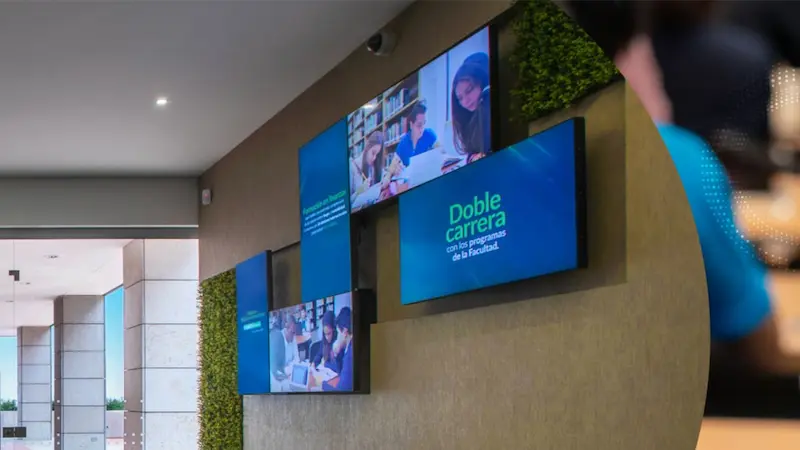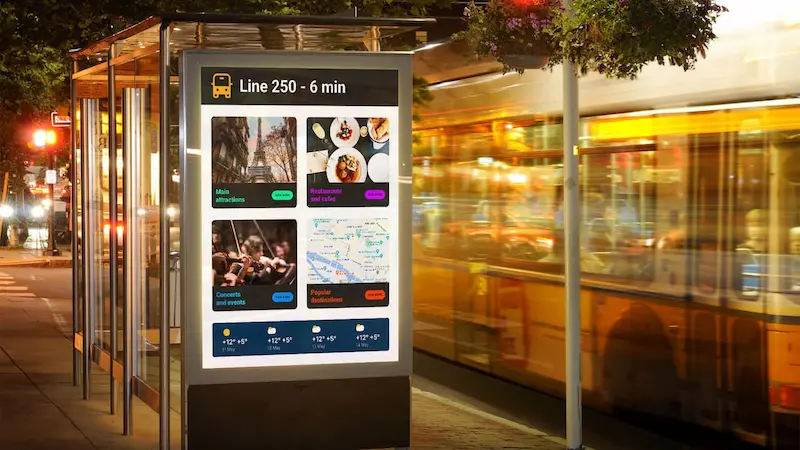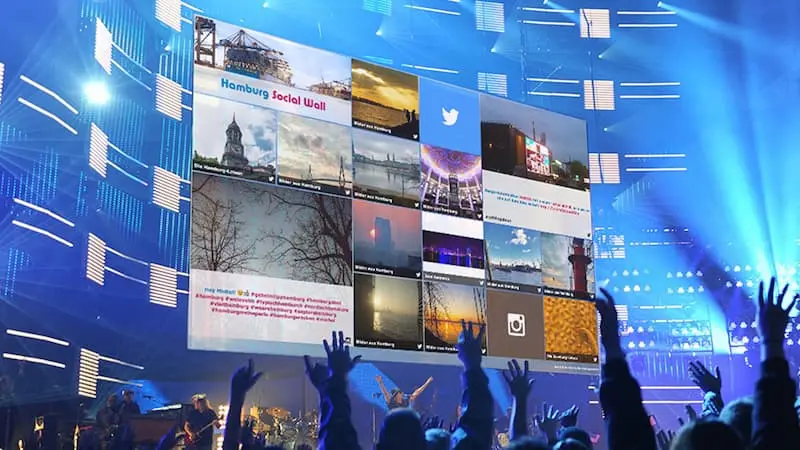
Table of Content
Businesses frequently search for innovative approaches to boost sales, expand their customer base, and improve profit margins. Developing a successful information dissemination plan may assist companies in reaching more prospective customers and lowering the expenses related to product delivery and marketing. Gaining more excellent knowledge about various dissemination tactics might benefit you if you work in marketing or distribution. This piece will define information dissemination, discuss its significance, and outline the different modern methods for enhanced efficiency.
What is Information Dissemination?
Information distribution is the process of distributing facts to the general audience. The past few decades have seen an explosion in the methods used by individuals and different organizations to disseminate information. Written interchange came after people first utilized oral and visual correspondence to spread knowledge. All forms of communication originate from these fundamental methods.
In modern culture, there are two main ways that people spread information: through traditional and social media. Print publications, television, phones, and oral communication are examples of traditional media. On the other hand, online news sources, microblogs, and text messaging are all considered forms of social media. Because of the speed of disseminating information, technological advancements have led to the rising popularity of these venues and their emergence as the primary means of information distribution.
Modern Methods of Information Dissemination
There are several strategies that you may apply to the sharing of information. It is crucial to select a suitable method for the audience's requirements. Among the most popular ways of information dissemination include:

Digital Signage
Digital signage is a valuable tool for companies in a variety of sectors. This technology has proven indispensable to current company operations for the distribution of information. Digital displays in digital signage provide messages or information to a specific audience. This technology is now a vital resource for companies in various sectors and may be helpful indoors and outside. With the right software for displaying information on TV screens, digital signage becomes a massive part of any business looking to connect with its audience.
Businesses of all sizes may connect with their customers and staff using digital signage. It is an affordable option for companies trying to improve communication because of its rapid and remote content updates. It may boost staff engagement, enhance the consumer experience, and help a firm succeed. Notably, digital signage touches 135 million people weekly, making it one of the perfect mediums for information dissemination.
Social Media Platforms
In today's quickly changing digital world, the importance of social media is indisputable. What people once believed to be only a platform for individuals to publish personal updates has grown into a powerful tool that shapes user behavior, corporate strategies, and attitudes. The idea that "Social media is more than another information dissemination channel" is gaining traction since it highlights how these platforms have significantly changed from being passive conduits to vibrant hubs of passing information.
Use your Twitter, Facebook, LinkedIn, and Pinterest profiles to advertise your brand to your social media following. You may reconnect with your intended audience and entice them to your website to view certain content using social media dissemination methods. Furthermore, more than 90% of internet users utilize social media monthly.
Email Campaigns
Email campaigns have existed for some time and are among the best methods to connect and interact with your target audience. Content is king in the modern digital era, so having a good plan for getting it in front of your subscribers is essential. Email provides a direct channel of connection with your audience. It enables you to send them stuff directly to their email that is both pertinent and helpful.
You may build more robust and more meaningful relationships with the individuals who have registered to your email list with the aid of email marketing. Additionally, it may contribute to greater engagement and connection between your subscribers and your brand. If you don't customize your emails, 52% of consumers say they will find another place to go.
Mobile Applications
Thanks to the rapid digitization of society, mobile applications now account for around 55% of all online traffic globally. Mobile apps—from social networking to news, leisure, and utility—are transforming various industries. They serve as a direct communication line between a company and its clients, with the main benefit being individualized correspondence.
With mobile applications, you may customize content based on the user, including offers, recommendations, and messages. You may tailor your messaging with elements like geolocation and user profiles for more relevance. It enables you to provide your users with the information they want at their fingertips. Push notifications can also encourage people to interact with your company.
Webinars and Online Conferences

The dull PowerPoint presentations of decades ago are no longer the standard for webinars. Webinars' advantages have solidified them as a revolutionary marketing channel full of chances for information sharing, brand and message promotion, and engagement optimization.
Suppose the worldwide webinar and webcast industry continues to develop at its current compound annual growth rate (CAGR) of around 8% between 2023 and 2035. In that case, it may generate $5 billion in revenue by the close of 2035.
On the other hand, online conferences allow companies to reach a larger audience—regardless of location—and offer insightful information in an easily accessible format.
Advantages of Efficient Information Dissemination
In the current hectic corporate world, efficient communication is more crucial than ever. Building trust and encouraging teamwork among team members is as important as sharing knowledge. Here are some benefits of disseminating information efficiently:
Improved Communication Flow
Effective communication helps a company unleash its full potential. Together with encouraging teamwork and raising production, it aids in the creation of a good work environment. Business involves constant interchange with various stakeholders, including clients, workers, and management. Effective correspondence ensures that information reaches all parties involved, lowering the possibility of miscommunication, discontent, and lack of trust.
Enhanced Brand Visibility
Organizations may enhance their brand visibility by using effective information dissemination. Effective correspondence among staff members enables them to deliver superior customer service, increasing client satisfaction. Employees who can successfully communicate with external stakeholders may also forge better bonds and improve the public's opinion of the company.
Increased Engagement and Interaction
Precise information reception is one of many benefits of effective communication. Disseminating correspondence fosters relationships and maintains correspondence channels between staff and other organization members. Ultimately, this improves employee engagement, which may result in higher employee satisfaction and a more positive workplace culture.
Likewise, with efficient information dissemination, you get better engagement and interaction with your target audience. You can reach them more effectively and provide crucial information to get everyone involved with your brand.
Real-Time Updates and Feedback

Efficient information dissemination to your target audience promotes real-time updates and feedback by quickly distributing relevant information to the appropriate individuals or groups. It enables quick replies and conversations, keeping everyone informed and involved. You can guarantee that feedback loops stay active by implementing focused communication strategies and using relevant channels. It allows for speedy changes, enhancements, and decision-making based on recent insights and viewpoints.
Leveraging the power of efficient information dissemination
Information dissemination involves exchanging or distributing information from one individual to another. You can do it verbally, in writing, or by other media like the telephone, radio, television, the Internet, and digital signage. People transmit knowledge for various reasons, including informing others about significant events, persuading them to take action, or simply entertaining them. Dissemination may be a very effective instrument for social change.
If you run a business, always look for the best way to disseminate information. Try distributing information on your digital screens with the 14-day free version of Look Digital Signage service.







